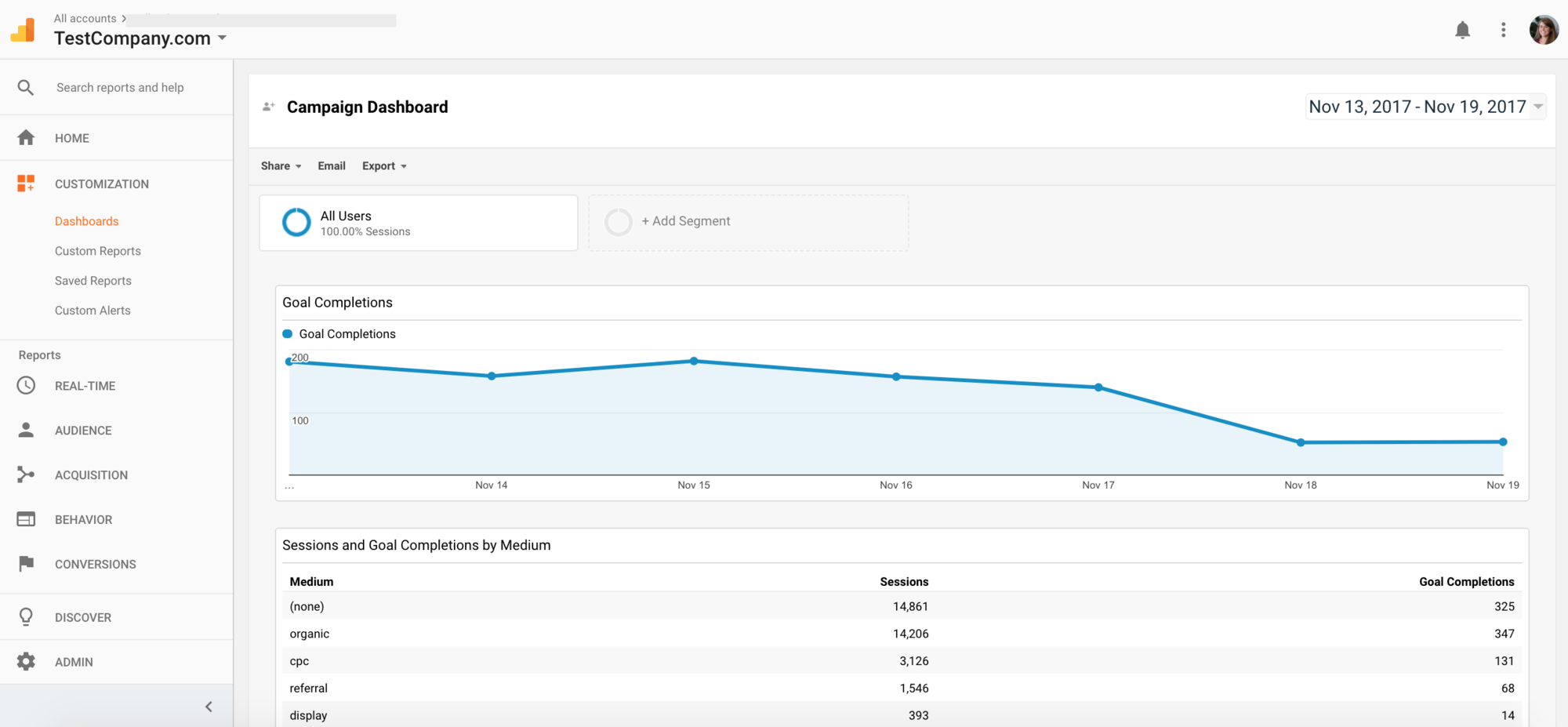SEO (search engine optimization) is the optimization of websites in an effort to improve visibility in natural or organic search while SEM (search engine marketing) refers to paid search. SEM, also known as PPC (pay-per-click), is bidding on and paying for keywords to display ads rather than creating content targeted toward searchers in an effort to rank organically.
The Benefits of SEM
If you’re looking for instantaneous results at the top of Google’s first page and have money to spend, SEM can grant you that instant gratification. You’ll often see SEM referred to as PPC (or pay-per-click} advertising as well. This is because with PPC you’re literally only paying each time one of your ads is clicked.
One common misconception about PPC is that it can be extremely expensive. While sometimes true, the cost and efficiency of PPC as a marketing channel varies greatly by industry and by the amount of work put in to monitor these campaigns. Marketers don’t have to have a massive budget set aside for ad campaigns if said campaigns can be properly monitored/managed as PPC software allows for daily budget caps and cost-per-click bids that ensure you’re never paying more than you’re comfortable with.
- Some benefits of SEM include:Flexible, yet precise targeting
- Fast, trackable results
Offering flexible, yet still very precise targeting Google Ads (formerly AdWords) allows marketers to narrow down their target audience by location, demographic, and past user behavior, with additional tools like being able to choose the optimal hours their ads will appear. With the benefit of keyword “match types” and “negative” keywords (which allow you to control more precisely which searches your ads won’t show up for), marketers can decide exactly which keywords they want to show up for in the search results.
The Benefits of SEO
While SEO requires a longer period of time and patience in order to see visible results, its efforts are sustainable and can provide long term benefits. SEO is the implementation of both on and off page methodologies to improve organic search in SERPs. One thing SEM alone cannot provide to a user is the trust and credibility SEO renders. In fact, SEO has 20% more traffic opportunities than PPC on both mobile and desktop searches according to a study conducted by Moz.
Some of the benefits of SEO are:
- Cost efficiency (Free other than the cost of the person implementing the practice and the allotted hours spent doing so)
- Credibility and trust factors
- Improved CTR
- Sustainable Visibility
- Brand Awareness
The responsibilities that fall under the hat of SEO are always changing and expanding. Its management was once an easy manipulation of the search engines and has gradually matured throughout the years. SEO is now not only a focus of technical on- and off-page optimization, but has taken up for content creation and user experience.
With a strong implementation of holistic SEO and content strategy, your site gradually gains higher ranking in search engine results and retains higher conversion rates than that of pay-per-click.
The Benefits of SEO and SEM Combined
SEO and SEM should work cohesively in a combined effort. Utilizing both SEO and SEM for your business is not only necessary, but will benefit your campaigns immensely, helping drive more traffic to your site.
When using both SEO and PPC, you can implement A/B testing with paid keywords before committing them to your organic goals to evaluate their effectiveness. Marketers who link both their Ads and Analytics accounts are able to see the value of their efforts and the harmonious balance these two sides of marketing can create together. Having the balance of both leaves you and your site with a sense of security as both efforts support one another.
Learn more about how a combination of SEO, SEM, and call analytics can improve your business–request your no obligation demo of CallRail, or go ahead and start your 14 Day Free Trial, no credit card needed.











